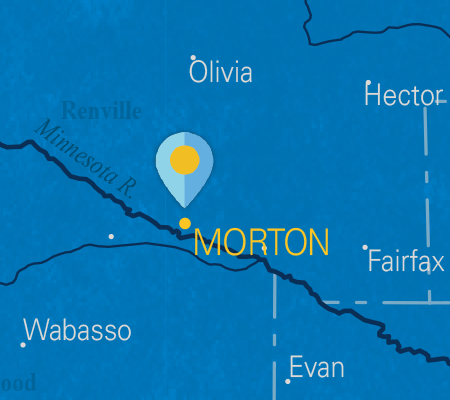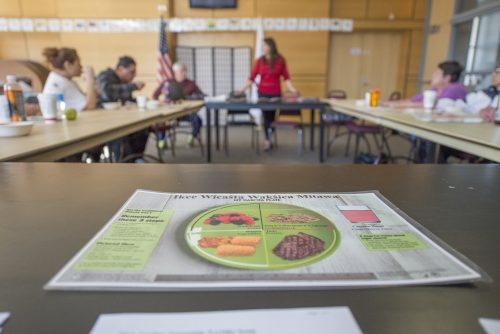
A vision of health, happiness and honoring Little Crow

The diabetes bingo program at Lower Sioux educates attendees about traditional tribal foods that add up to a healthy, balanced diet.
The community’s pursuit of improving health has been significant. At the heart of all efforts is the Tribe’s vision to be a healthy, safe and happy community grounded and guided by Dakota culture, traditions and language, where every person contributes to a diversified social and economic life.
In partnership with the American Indian Cancer Foundation, LSIC created its own health and human services advisory committee in 2015. Within a year, the Lower Sioux Health Care Center opened to provide primary care with physicians and nurse practitioners on staff, dietitian services, dental and a pharmacy.
The Honoring Little Crow with Healthy and Indigenous Foods Initiative resolution was adopted by the Lower Sioux Tribal Council on September 20, 2016. The resolution was developed by the Lower Sioux Health and Human Services Advisory Committee (LSHHSAC), along with the American Indian Cancer Foundation, to implement a systems change to increase visibility of and access to healthier indigenous food and beverage choices to support a healthy LSIC.
In January 2017, LSHHSAC members met to develop recommendations to inform action steps for achieving the four strategic plan focus areas to promote healthy and indigenous foods and beverages across the community.

Stacy Hammer is the diabetes program coordinator at Lower Sioux Indian Community.
“As a dietitian, but also a Dakota member, I have been working on educating our families on eating healthier while also revitalizing the inclusion of indigenous foods, especially those that are rich in lean protein, root vegetables and antioxidant rich fruits and berries,” said Stacy Hammer, registered dietitian and diabetes coordinator for LSIC. “Integrating these foods into their lifestyle through meal planning has really resonated with our community members.”
